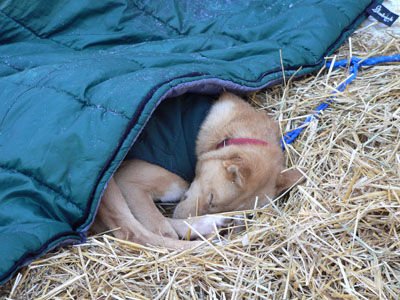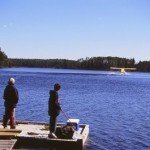The use of dogs to pull sleds goes back centuries, but formal dog sled racing dates back to the early 1900s. The first race took place in Alaska in 1908. The winner of the All Alaska Sweepstakes completed the 408-mile race from Nome to Candle and back in just over 119 hours. The sport quickly evolved and by 1910, the same race was completed by the winning musher in just over 74 hours.
Sled dogs for transportation pre-dates racing. For many living in the great white north, it was their only transportation and key to survival. In 1925, sled dog history was made after an outbreak of diphtheria happened in the remote, icebound village of Nome. Natives had no immunity and the closest supply of serum was 670 miles away in Anchorage. With no roads and available aircraft dismantled for winter, the situation seemed dire.
However, things quickly turned around when the serum was transported by train to Nenana, where a group of natives and mail carriers transported the serum on sled dog teams in under six days. To this day, many of the native communities in northern Alaska rely on dog sled teams for transportation during the long winter months.
Northern Minnesota has a rich history of dog sledding and racing as well. Located on the world’s largest body of fresh water, Lake Superior, the region sees tons of snow and varying temperatures each year. Once covered by glaciers, the dramatic landscape made transportation in the region’s earliest developments difficult. Dog sledding was widely used by those traveling from village to village along the North Shore and later by mail carriers. One legendary mail carrier in particular, John Beargrease, is still recognized and honored today.




